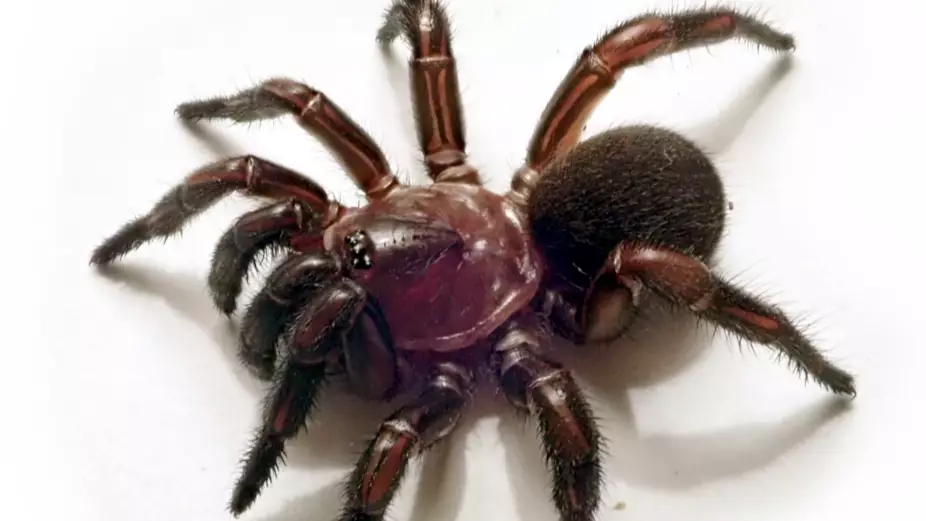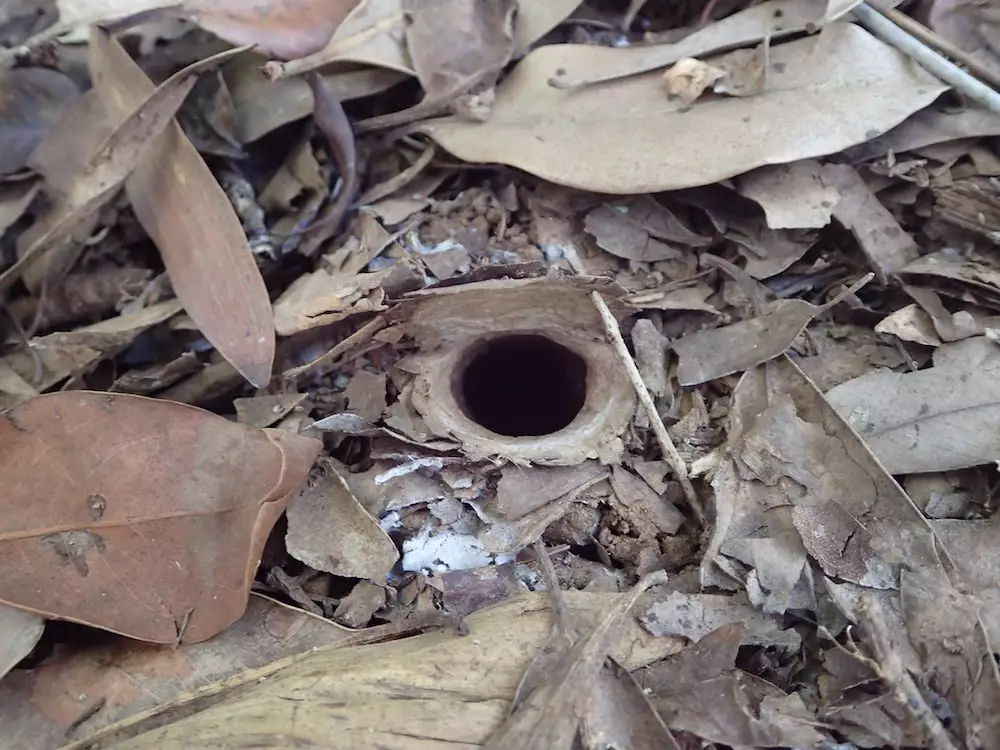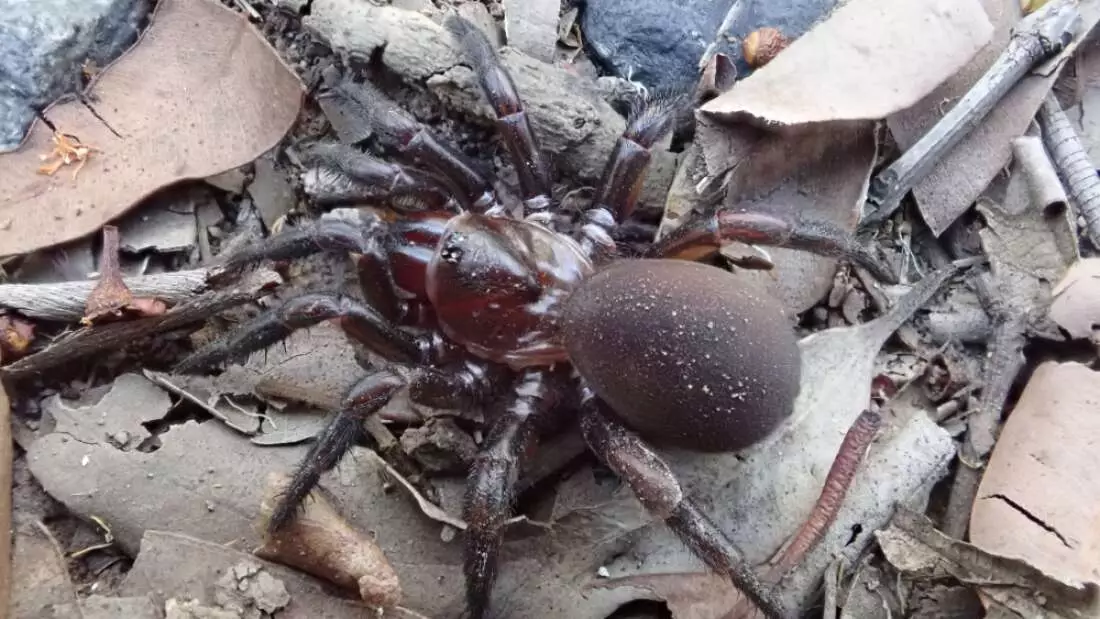
Just when you thought researchers had discovered all the terrifying things that exist in Australia, they announce a new discovery.
A team from Griffith University and the Queensland Museum has unveiled a new group of trapdoor spiders and, honestly, we could really do without the knowledge because they sound horrifying.
The new group of spiders, named Cryptoforis, which means 'Cryptic Door', has been identified for its ingenuous method of building burrows with a hinge-door made from leaves, twigs and spider silk.
Advert
To make matter worse, there are 20 different species within this group. Great, just great.

Researcher and former Griffith University PhD student Jeremy Wilson said the group is widespread across the eastern part of Australia, but you probably wouldn't know that because they're all hiding in their little lairs plotting their prey's demise.
Dr Wilson said: "We compared their physical appearance and the burrows they construct and then looked for molecular differences in their DNA.
Advert
"We found differences in their physical appearance which allow them to be distinguished from other trapdoor spiders in eastern Australia.
"The incredibly well hidden burrows they create were also different to other trapdoor spiders in eastern Australia, which is probably why this new group of spiders remained undiscovered in the past."
The group of spider's full name is actually Cryptoforis hughesae, with the second part being dedicated to Dr Wilson's former mentor and supervisor Emeritus Professor Jane Hughes, who is a world-renowned expert in population ecology, phylogeography, biogeography and evolutionary biology.

Dr Wilson said it was only fitting that they include her name in the new group of spider.
Advert
"Jane has had a huge impact on my development as a scientist, and no doubt on many others having mentored more than 70 postgraduate students and over 60 honours students," Dr Wilson said.
"Naming this species of spider, which occurs in the forests that surround the Brisbane Griffith University campuses, seemed a fitting tribute for everything she has done for me and so many others at Griffith University.
"If you look carefully you can find this newly described species in most forests and natural reserves within Brisbane and the Brisbane valley."
Thankfully, trapdoor spiders usually only eat crickets, moths, beetles and grasshoppers. Birds, bandicoots, centipedes, scorpions, parasitic wasps and flies are known to attack, kill and eat the spider.
Advert
While they look like Funnel-web spiders, their bite isn't dangerous to humans and will only result in localised pain and swelling.
Featured Image Credit: Scimex